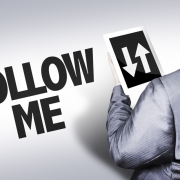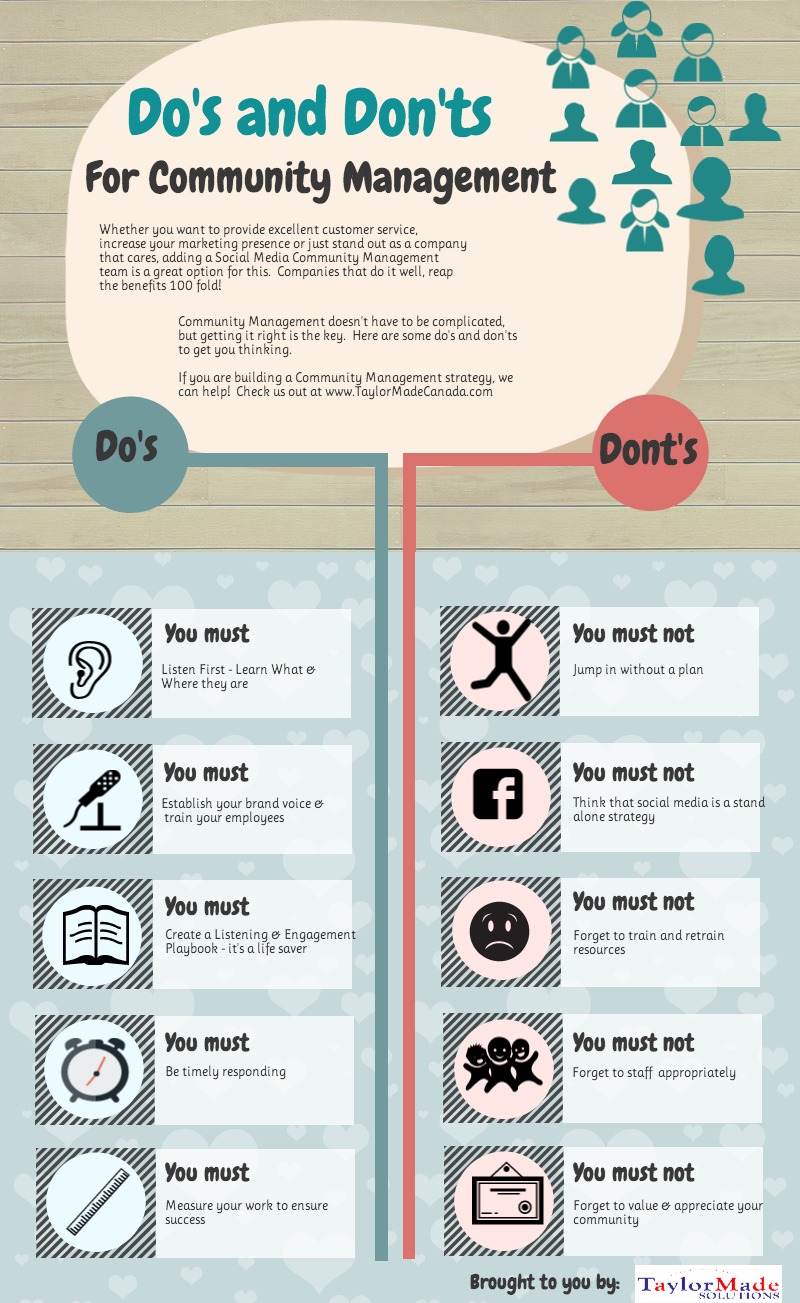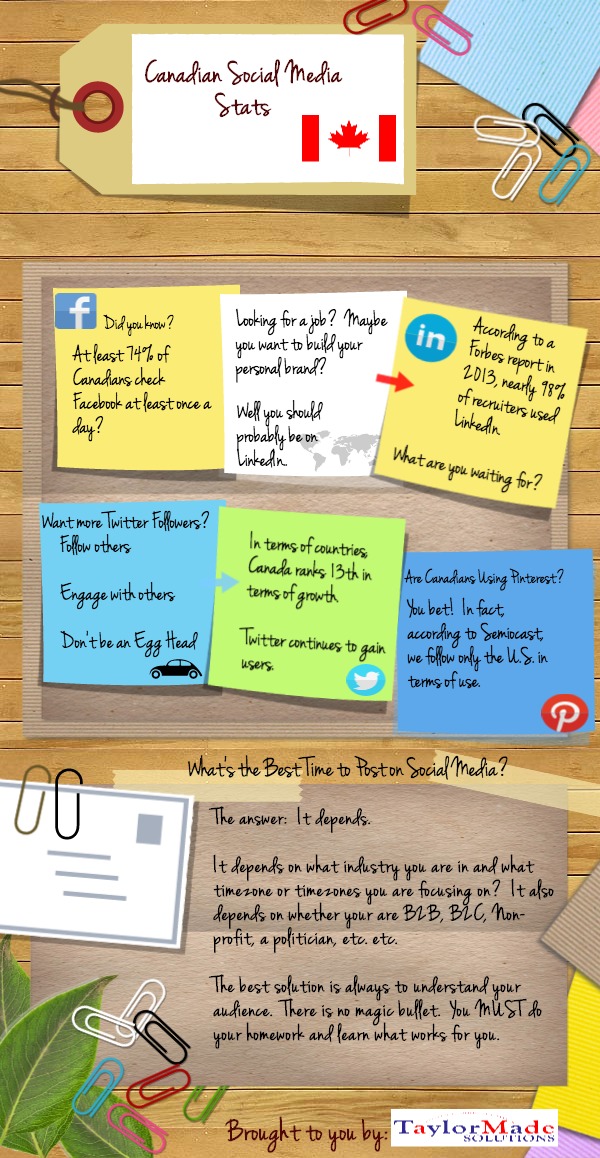I always think that people should take a good long look at their online presence twice a year. For many people, however this is a lot of work. So, I really recommend that people audit their online presence at least in the New Year. It’s the perfect time to have new perspective. And now that we are a few weeks in, you are focused!
Some people might roll their eyes when I mention personal branding here, but that’s o.k. Whether people like it or not, they have a personal brand. Managing your online presence is an important component of owning and managing ‘your’ brand. A cornerstone in branding is ensuring consistency in all channels. That applies to your personal information. And, with cybercrime only on the increase, managing your information has never been more important.
Here are 5 things to help you do just that: (Not in order of importance)

1. Take an Inventory
Over the course of a year, we end up signing up for a lot of different things. Sometimes it is email updates and other times it is for newer social apps such as SnapChat. If you haven’t been keeping track, it is time to start an inventory. Make use of either a spreadsheet or keep track in an application like Evernote. I wouldn’t recommend you keep your various passwords in anything but a very secure password keeper, however! Please forgo the spreadsheet OR Evernote for that.
When you have this comprehensive list you can review and determine if you have actually been leveraging all of these tools. If you haven’t, it might be time to opt-out or deactivate some.
Pros for doing this: By keeping an inventory, you know just where your information is and for what purpose. As roles change and careers progress, you may not want to have certain assets as you go forward. Additionally, you will ensure that your professional image is consistent across platforms.
Cons: This can be time consuming if you haven’t kept track and you may not find them all. There are of course apps that help you do this, but in my experience you have to “sign-up” for them as well and most are “not secure” sites. As a result, you could be further compromising yourself. So, while it is hard work up front, it pays off very quickly.
2. Review your Avatars
When is the last time you updated your photo? Last year? Five years ago? Or, hopefully you don’t still have the “egg”. Regardless of what image you use, ask yourself, what professional imagine do you want to convey? What is your line of work? What message do you want to send? Your picture should reflect this.
Pros for doing this: Having an up-to-date and professional photo that portrays your profession, can only be a positive.
Cons: It does require keeping your photo up-to-date on all channels and if you use a lot of different social profiles, it can be timing consuming. However, this is another reason to edit out just how many you have.
3. Contact Information
Have you changed companies? Perhaps you have consolidated some of your contact information? More and more people are doing this, but neglecting to update their social information to match your current information is less than desirable. The result? Outdated contact information for you. Again, think about what this says about your brand. If people are trying to contact you, this is not the best impression.
Pros for doing this: Keeping updated information, contact information in particular, means that you are reachable. If you are in business for yourself or in sales, having the “right” contact information is critical.
Cons: I really can’t think of any.
4. Automation
Despite being 2017, people still revert back to tactics of the 90’s or even the 2000’s. What do I mean by this? Well, for some we believe that we should only broadcast information. There is no social interaction with those whom we are connecting with. This is not the purpose or intention of social media. So, for those who focus on having automated social messages, such as on Twitter thanking people or telling them to connect on Facebook or LinkedIn, please rethink that. This is not a numbers game. In business you NEED interaction and specifically ACTION! Numbers alone don’t create action. Relationships create action. So, communicating and interacting with the people who follow you and you follow, matters. In fact, it matters a lot!
Pros for doing this: Far too many people focus on numbers versus relationships. Creating relationships will set you apart from others. Dump the automation and focus on relationships.
Cons: I am not going to beat around the bush here. Doing this properly takes planning and orchid.
5. Security
This is probably the most important rethink for your social media. What information are you sharing? It’s important to remember that there is a fine line between sharing professional information and sharing information that can compromise your personal/online security.
Sharing birthdays and martial status on sites such as LinkedIn is not necessary and I would recommend that you just don’t do it. Think about each channel you are on. What is really relevant and right for your brand. Just because there is a ‘placeholder’ for something doesn’t mean you need to use it.
Passwords are also extremely important. Of course there is the debate about how often you should change your password. My rule of thumb for passwords is to change them on sites when I learn of a compromise. I also recommend having a longer and more complicated password with special characters and numbers.
Of course these are some of my top hits. I will explore others in a later post.
Want to learn more about social media audits, an integrated marketing strategy? Be Trained! Be Prepared! Have a TaylorMade Solution!













